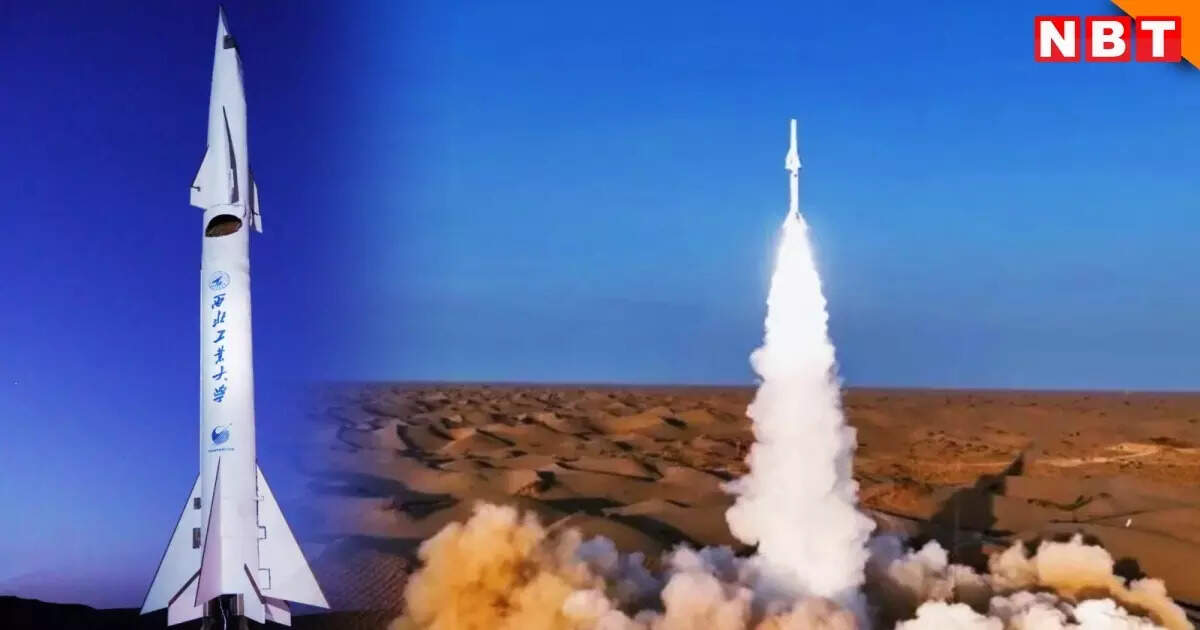Now Reading: Of course! Please share the existing headline, and I’ll provide you with a revised version
-
01
Of course! Please share the existing headline, and I’ll provide you with a revised version
Of course! Please share the existing headline, and I’ll provide you with a revised version

Quick Summary
- ChinaS Hypersonic Milestone: China successfully tested the Feitian-2 hypersonic vehicle equipped with Rocket-Based Combined Cycle (RBCC) technology, positioning itself far ahead of the US and Russia in hypersonic missile advancements.
- Innovative engine Technology: The RBCC engine combines conventional rocket engines with air-breathing ramjet technology, reducing the need for onboard oxidizers by utilizing atmospheric oxygen. this enhances fuel efficiency and allows longer-range capabilities.
- Technical Details: Feitian-2 features advancements like new wing designs for improved stability, control at high speeds, and transition between flight modes-a critical challenge in hypersonic growth.
- Testing Ground: Conducted by Northwestern Polytechnical University (NPU) in collaboration with Shaanxi Province aerospace research institutes using kerosene-hydrogen peroxide propulsion systems.
- Implications for Civilian & Military Use: Upon validation, such technology could be utilized across civilian aerospace applications and military defense systems.
- China’s Arsenal Expansion: includes DF-ZF vehicles paired with DF-17 missiles; anti-missile systems like DF100; Starry Sky 2; Lingyun 1 among others crafting advanced weaponry to counter American defenses.
Indian Opinion Analysis
China’s successful demonstration of Feitian-2 reflects its strategic focus on asserting technological superiority in hypersonic systems-a domain pivotal to modern defense capabilities. This advancement reduces reliance on cryogenic rocket fuels through innovative solutions like RBCC engines, offering dual-use prospects for both civilian space exploration and military fortification.For India, this underscores the necessity of realigning its priorities to strengthen indigenous innovation efforts within aerospace technologies while maintaining robust diplomatic stances regarding regional security concerns tied to China’s growing influence on global power dynamics pertaining defense autonomy broadening.Read More




























